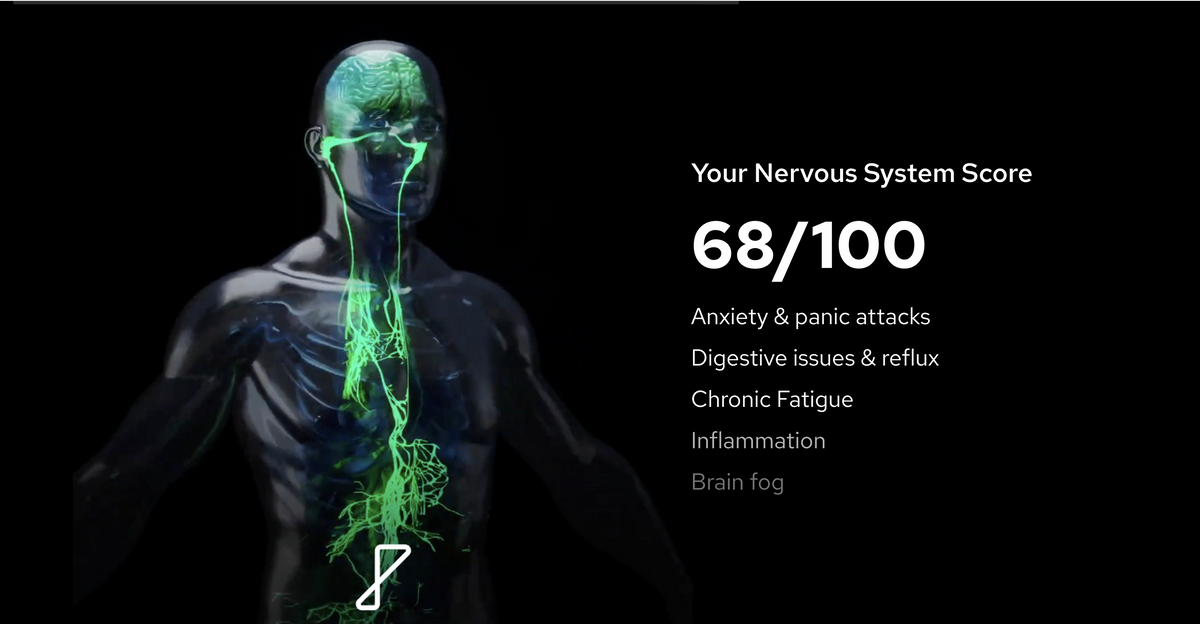Chronic Tiredness Syndrome – recognizing and treating an elusive highly debilitating condition
 |
Clinical Psychiatrist Translational Research Lead at Parasym. |
In order to address these issues, the IOM suggested renaming the syndrome as “systemic exertion intolerance disease” (SEID), to better reflect the multisystemic pathogenesis and the central feature of the syndrome.
Indeed, post-exertional malaise (PEM), defined as the exacerbation of the individual’s set of symptoms after previously tolerated physical, cognitive, orthostatic, emotional, or sensory efforts, is the distinct hallmark of CFS. PEM can be distinguished from the post-exertional fatigue experienced in other fatiguing illnesses or in deconditioning by the unique feature that sees a worsening in generating energy on a repeated test.
According to the latest diagnostic criteria proposed by the IOM , post-exertional malaise must be present at least 50% of the time during a 6-month period accompanied by substantial impairment compared to pre-illness functioning, and unrefreshing sleep, along with either cognitive impairment or orthostatic intolerance for SEID to be formally diagnosed.
Based on these criteria, with an average onset in the mid-thirties, SEID - or CFS as it is still referred to in the medical community and as, for simplicity, we will continue to adopt in the paper - is estimated to affect up to 1% of the population worldwide, with approximately one-in-four patients that are house-bound.
While the exact etiology and the specific biomarkers of CFS are still uncertain, there is now ample evidence for complex objective immunologic, autonomic, neurological, and energy metabolism impairments associated with this syndrome:
- CFS often follows an infectious illness and autoantibodies (ie. anomalous antibodies directed against the individual’s own tissues) are found in around 60% of individuals with the syndrome; other immunological features can be present, such as impairment of NK cells, that seems to make patients more vulnerable to infections;
- Orthostatic intolerance (Oi) is recognized in up to 95% of the individuals affected by CFS and includes orthostatic hypotension, postural orthostatic tachycardia syndrome, and neurally mediated hypotension; OI has therein been associated to a series of imbalances of the autonomic system, such as decreased nocturnal parasympathetic/sympathetic activity ratio and reduced heart rate variability, which in turn have also been associated with unrefreshing sleep, another symptomatic feature of this syndrome;
- Brain studies in these individuals have reported neuroinflammation, reductions in white matter, and decreased cerebral blood flow; these findings are associated with multiple cognitive deficits, such as decreased information processing speed which is the most commonly found in this population;
- The presence of abnormalities in cellular bioenergetic, particularly in the generation of adenosine triphosphate (ATP), the main energy molecule, have been found and associated with PEM.
Although there are no specifically approved treatments for CFS, clinicians can recur to standard pharmacologic and nonpharmacologic treatments to address individual presenting symptoms. PEM could be treated with pacing of physical and cognitive activity, while OI could be treated with salt and fluid loading, fludrocortisone, low-dose beta blockers, alpha-adrenergic agonists and vagal stimulation.
Notably, vagal nerve stimulation is particularly promising in the treatment of CFS not only because of the impact on OI, but also for pain and insomnia management, its anti-inflammatory effect, and its cognitive impact. In fact, use of vagal nerve stimulation devices has already been shown to improve heart rate variability and to correlate with multiple health benefits across both Long Covid and CFS. In particular, non-invasive neuromodulation targeting the vagus nerve through the Nurosym device, has already shown to increase heart rate variability, to reduce inflammatory cytokines, as well as to improve mood and energy levels, in patients with Long Covid and long term fatigue.
These therapeutic effects corroborate the immuno-neural pathophysiological hypothesis that sees the disruption in the anti-inflammatory effect of the vagus nerve and in the overactivation of the sympathetic activity as one of the mechanisms underpinning ME/CFS.
Bibliography:
- Mayo Clin Proc. n November 2021;96(11):2861-2878 https://doi.org/10.1016/j.mayocp.2021.07.004
- A Unifying Hypothesis of the Pathophysiology of Myalgic Encephalomyelitis/Chronic Fatigue Syndrome (ME/CFS): Recognitions from the finding of autoantibodies against ß2-adrenergic receptors https://doi.org/10.1016/j.autrev.2020.102527
- What’s in a name? Systemic exertion intolerance disease; The Lancet, Vol 385 February 21, 2015
- Clinical Characteristics of Myalgic Encephalomyelitis/Chronic Fatigue Syndrome (ME/CFS) Diagnosed in Patients with Long COVID. Medicina (Kaunas). 2022 Jun 25;58(7):850. doi: 10.3390/medicina58070850. PMID: 35888568; PMCID: PMC9325226.
- Orthostatic Challenge Causes Distinctive Symptomatic, Hemodynamic and Cognitive Responses in Long COVID and Myalgic Encephalomyelitis/Chronic Fatigue Syndrome. Front Med (Lausanne). 2022 Jun 23;9:917019. doi: 10.3389/fmed.2022.917019. PMID: 35847821; PMCID: PMC9285104.
- The role of the vagus nerve in fibromyalgia syndrome. Neurosci Biobehav Rev. 2021 Dec;131:1136-1149. doi: 10.1016/j.neubiorev.2021.10.021. Epub 2021
- Transcutaneous Auricular Vagus Nerve Stimulation Modulates the Prefrontal Cortex in Chronic Insomnia Patients: fMRI Study in the First Session. Front Neurol. 2022 Mar 24;13:827749. doi: 10.3389/fneur.2022.827749. PMID: 35401422;
- Clayton, E. W. Beyond Myalgic Encephalomyelitis/Chronic Fatigue Syndrome: An IOM Report on Redefining an Illness. JAMA 313, 1101–1102 (2015).
- Gerwyn, M. & Maes, M. A neuro-immune model of Myalgic Encephalomyelitis/Chronic fatigue syndrome. Metab. Brain Dis. 28, 523–540 (2013).



